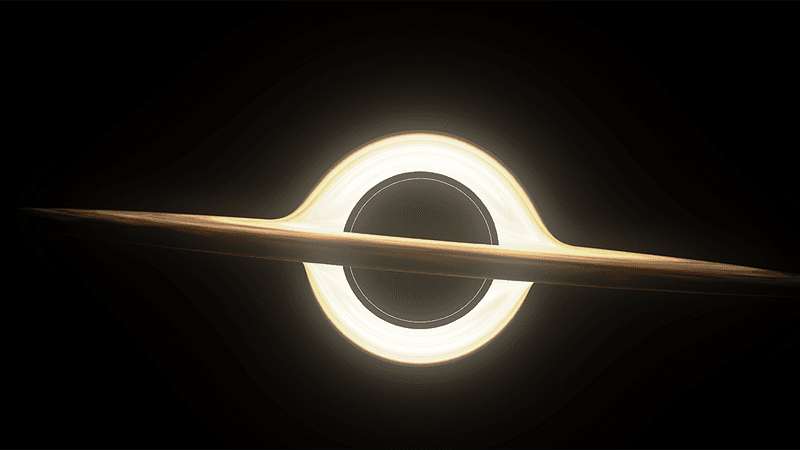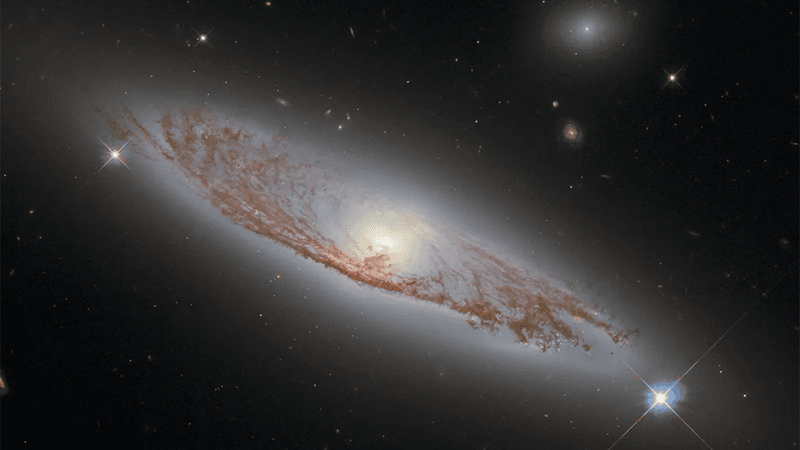A team of researchers has proposed an experiment to finally catch a glimpse of the elusive "graviton", if it does actually exist.
We can see the effects of gravity pretty easily, just by looking at the movements of the stars and the planets through a telescope. Or if you can't be bothered to set up said telescope, pushing it over and watching it crash to the ground will suffice.
But seeing the underlying mechanism at play is a little trickier, and has caused physicists no end of headaches for several hundred years. The major problem at the moment is that gravity – unlike the other forces – has escaped quantization. While a fancy word, all this really means is that we can see gravity's effects in the big, macro world (think stars affecting planets, or large objects affecting other large objects) but not down to the teeny tiny, particle level.
Other forces, like the weak and strong forces, have associated particles that we know to mediate them. The weak force is mediated by W and Z bosons, while the strong force is mediated by the gluons. Naturally, this has led some physicists to believe that gravity, if it can be quantized, would have its own mediating particle, which has been given the name "the graviton".
While we have never caught sight of one, physicists do have some constraints on where it might be found. For example, it would likely be massless, given that gravity and gravitational waves propagate at the speed of light (or the speed at which all massless particles must travel, unless you really mess around with them).
While gravitational wave detectors have confirmed the existence of gravitational waves and a lot more beyond that, seeing individual gravitons is a lot trickier.
"This is a foundational experiment that was long thought impossible, but we think we've found a way to do it," Igor Pikovski, physics professor at Stevens Institute of Technology, explained in a statement. The setup of the experiment, while the equipment would need to be extremely sensitive, is surprisingly simple, using an acoustic resonator and energy state-detection methods known as "quantum sensing".
“Our solution is similar to the photo-electric effect that led Einstein to the quantum theory of light,” Pikovski explains, “just with gravitational waves replacing electromagnetic waves. The key is that energy is exchanged between the material and the waves only in discrete steps – single gravitons are absorbed and emitted.”
In the experiment, a massive cylinder made of aluminum would be cooled to its lowest quantum state. As a gravitational wave passes through it from a large astronomical event, such as the merging of black holes, the cylinder should be distorted by it. By measuring the vibration of the cylinder, the team believes it should be possible to see miniscule changes in energy as gravitons are absorbed.
“By observing these quantum jumps in the material, we can deduce that a graviton was absorbed,” Germain Tobar, a graduate student at Stockholm University involved in the study, added. “We call it the ‘gravito-phononic effect."
While this is a promising idea for searching for the graviton, unfortunately we are not quite there yet.
“Quantum jumps have been observed in materials recently, but not yet at the masses we need,” Tobar explains. “But technology advances very rapidly, and we have more ideas on how to make it easier.”
Perhaps some day soon we may be able to find, or perhaps rule out or place constraints on, the elusive graviton.
The study is published in Nature Communications.




![An artist’s concept looks down into the core of the galaxy M87, which is just left of centre and appears as a large blue dot. A bright blue-white, narrow and linear jet of plasma transects the illustration from centre left to upper right. It begins at the source of the jet, the galaxy’s black hole, which is surrounded by a blue spiral of material. At lower right is a red giant star that is far from the black hole and close to the viewer. A bridge of glowing gas links the star to a smaller white dwarf star companion immediately to its left. Engorged with infalling hydrogen from the red giant star, the smaller star exploded in a blue-white flash, which looks like numerous diffraction spikes emitted in all directions. Thousands of stars are in the background.]](jpg/jet-m.jpg)
